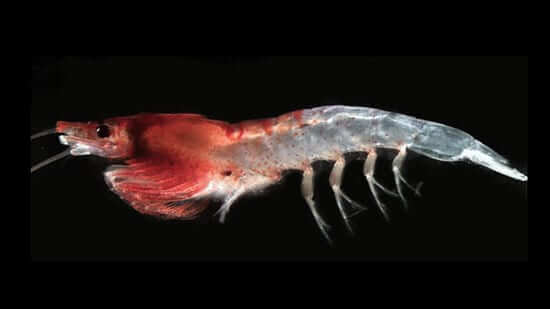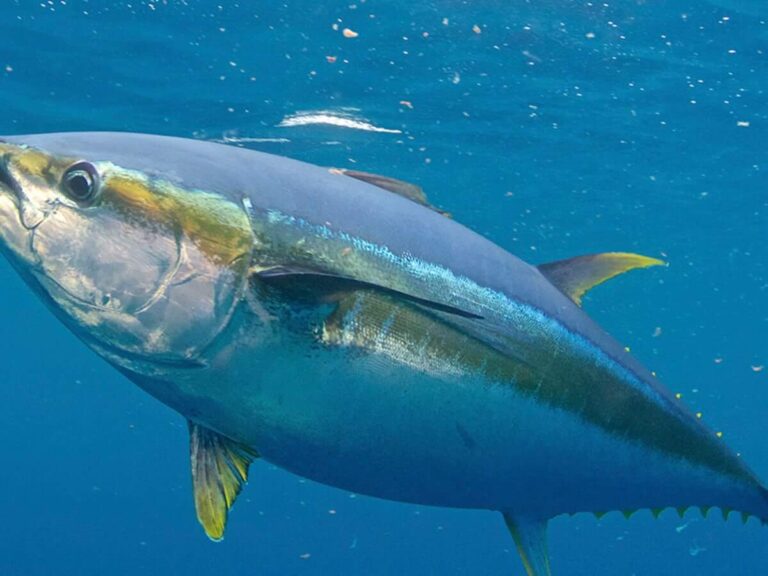The Fascinating World of Zooplankton
Zooplankton are vital to aquatic ecosystems, essential in the food web and nutrient cycling. Often overlooked, microscopic organisms are key indicators of environmental health and biodiversity. This article will delve into the scientific classification, physical characteristics, habitat, behavior, diet, reproduction, predators, and conservation status of zooplankton. We will also explore their evolutionary history, interesting facts, and their relationship with humans.
Contents
Scientific Classification
Zooplankton belong to the domain Eukarya, characterized by cells with a nucleus. They are classified into various groups based on size, morphology, and ecological roles. Here is a simplified classification:
- Domain: Eukarya
- Kingdom: Animalia
- Phylum: Arthropoda (e.g., copepods, krill)
- Phylum: Chordata (e.g., larval fish)
- Phylum: Cnidaria (e.g., jellyfish larvae)
- Phylum: Rotifera (e.g., rotifers)
- Phylum: Mollusca (e.g., larval mollusks)
- Kingdom: Animalia
Zooplankton can be further categorized into holoplankton (organisms that spend their entire life cycle as plankton) and meroplankton (organisms that are planktonic only during the larval stage).
Physical Characteristics

Zooplankton vary widely in size, shape, and structure:
- Size: They range from tiny protozoans, about 0.2 mm in diameter, to larger forms like jellyfish that can grow to several centimeters.
- Shape: Common shapes include spherical, elongated, and flat, often with specialized structures for locomotion and feeding.
- Coloration: Most zooplankton are transparent or lightly pigmented, helping them evade predators in the water column.
Habitat
Zooplankton inhabits various aquatic environments, including:
- Marine: Oceans and seas, from the surface to the deep sea, where they can be found in both coastal and open ocean waters.
- Freshwater: Lakes, rivers, and ponds, often thriving in nutrient-rich waters.
- Estuarine: Areas where freshwater meets saltwater, providing diverse habitats.
Behavior
Zooplankton exhibits various behaviors that aid in survival:
- Migration: Many species perform vertical migrations, moving to the surface at night to feed on phytoplankton and descending during the day to avoid predation.
- Aggregation: Some zooplankton species form dense aggregations in areas with high food availability.
- Feeding: Zooplankton often use cilia or appendages to create water currents that draw in food particles.
Diet
Zooplankton are primarily heterotrophic, feeding on:
- Phytoplankton: Microscopic plants and algae form the main food source for many zooplankton species.
- Bacteria: Some zooplankton graze on bacteria in the water.
- Other Zooplankton: Larger zooplankton may consume smaller zooplankton, making them a crucial link in the aquatic food web.
Reproduction
Zooplankton reproduces through various methods, depending on the species:
- Asexual Reproduction: Some zooplankton, like certain rotifers, can reproduce parthenogenetically (without fertilization).
- Sexual Reproduction: Many copepods and other species engage in sexual reproduction, often producing eggs that can be dormant until environmental conditions are favorable.
Predators
Zooplankton serve as a crucial food source for a variety of predators, including:
- Fish: Many species rely on zooplankton as a primary food source, especially during their early life stages.
- Invertebrates: Larger zooplankton, such as jellyfish and larger crustaceans, are also significant predators in the zooplankton community.
- Birds: Some birds, such as planktivorous species, feed on zooplankton while foraging in water.
Conservation Status
Zooplankton populations are affected by various factors, including:
- Climate Change: Temperature fluctuations and ocean acidification can alter zooplankton distributions and reproductive cycles.
- Pollution: Nutrient loading from agriculture can lead to harmful algal blooms, impacting zooplankton populations.
- Habitat Destruction: Human activities like coastal development can disrupt essential habitats.
Interesting Facts
- Diversity: Over 7,000 known zooplankton species exist, with many still to be discovered.
- Bioluminescence: Some zooplankton, like certain jellyfish, can produce light through bioluminescence, which may help deter predators.
- Indicator Species: Zooplankton serve as bioindicators, helping scientists assess the health of aquatic ecosystems.
Evolutionary History
Zooplankton have existed for millions of years, evolving from early protozoans to the diverse forms we see today. Their evolutionary adaptations have allowed them to thrive in various environments, contributing significantly to aquatic ecosystems.
Relationship with Humans
Zooplankton play a crucial role in human activities and ecosystems:
- Fisheries: Healthy zooplankton populations support robust fish stocks essential for commercial and recreational fishing.
- Ecosystem Health: Monitoring zooplankton can provide valuable insights into the health of marine and freshwater environments.
- Climate Regulation: Zooplankton contributes to carbon cycling by consuming phytoplankton and sinking organic material to the ocean floor, affecting global climate patterns.
FAQs
What is called zooplankton?
Zooplankton refers to small, often microscopic organisms that float in aquatic environments, forming an essential part of the food web.
What is phytoplankton and zooplankton?
Phytoplankton are microscopic plants that perform photosynthesis, while zooplankton are primarily heterotrophic organisms that feed on phytoplankton and other organic matter.
Is zooplankton a plant or animal?
Zooplankton are classified as animals, though they can include protozoans and some larval stages of larger animals.
What is zooplankton, and why is it important?
Zooplankton are crucial for aquatic ecosystems, serving as a primary food source for many marine and freshwater species and acting as indicators of environmental health.
Conclusion
Zooplankton are not just mere specks in the water; they are vital components of aquatic ecosystems that contribute significantly to the health of our oceans and freshwater bodies. Understanding their biology, behavior, and ecological role helps us appreciate their importance and the need for their conservation. As we face environmental changes, protecting zooplankton populations is essential for maintaining biodiversity and the stability of aquatic ecosystems.
- Golden Retriever Pros and Cons: What Every Pet Parent Should Know - 15 September 2025
- Cane Corso Dog Breed: Health, Care, and Lifespan - 14 September 2025
- Catahoula Leopard Dogs: Description, Temperament, Lifespan, & Facts - 21 July 2025







